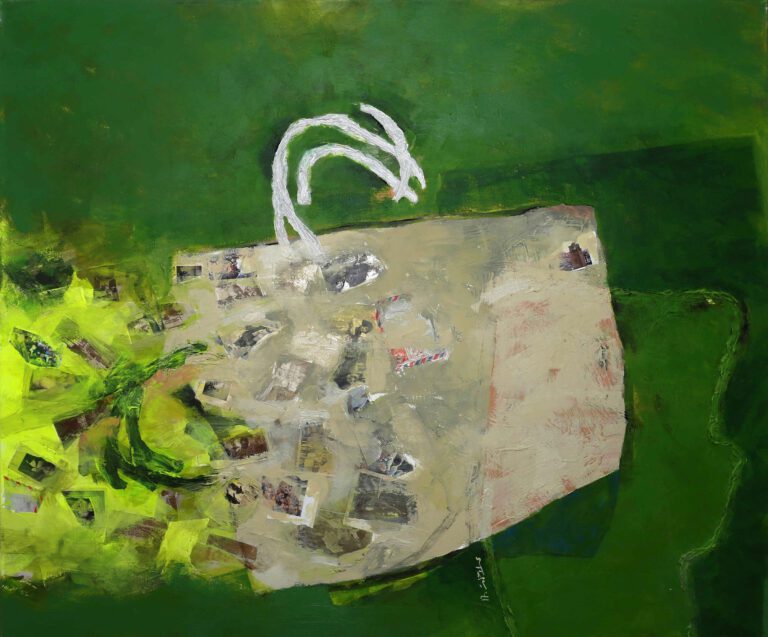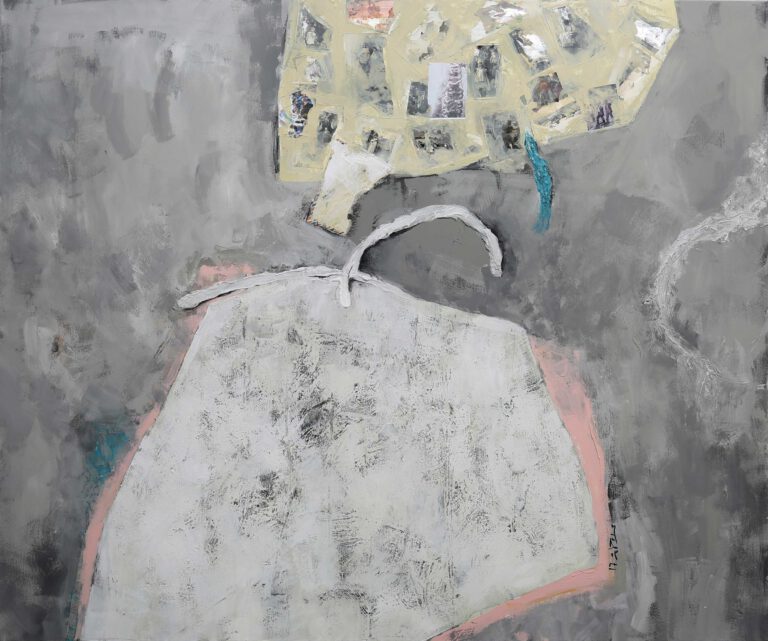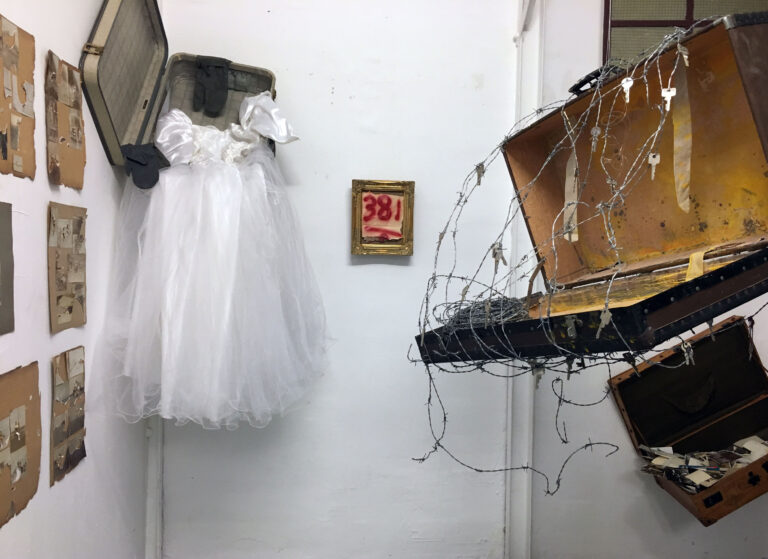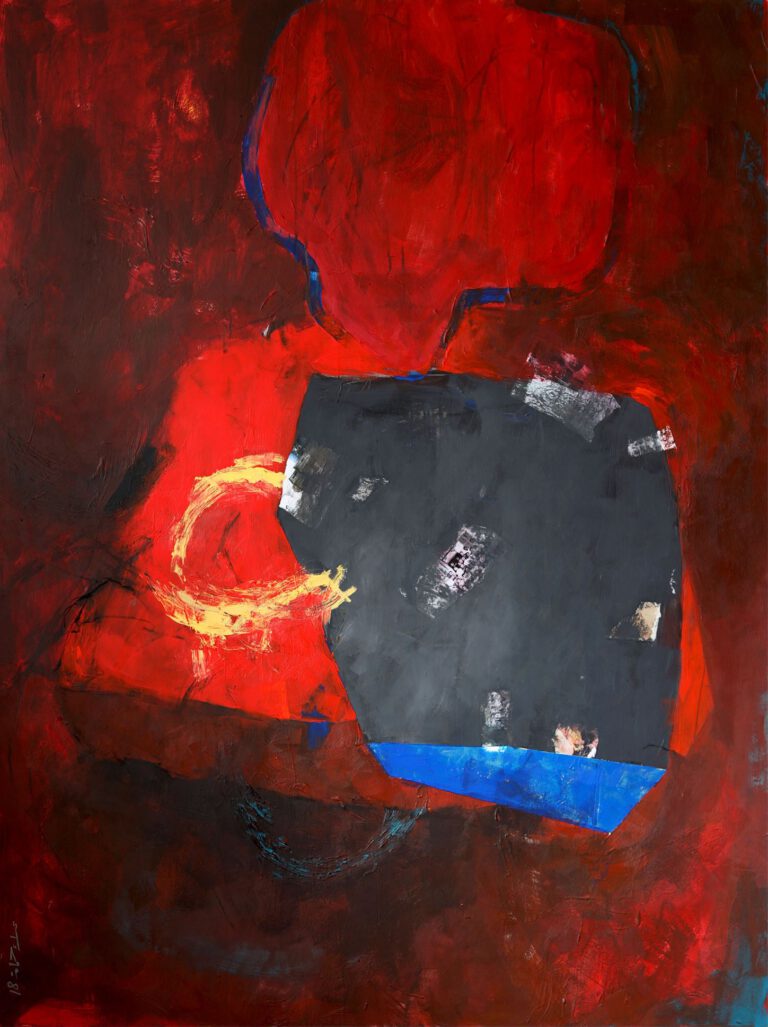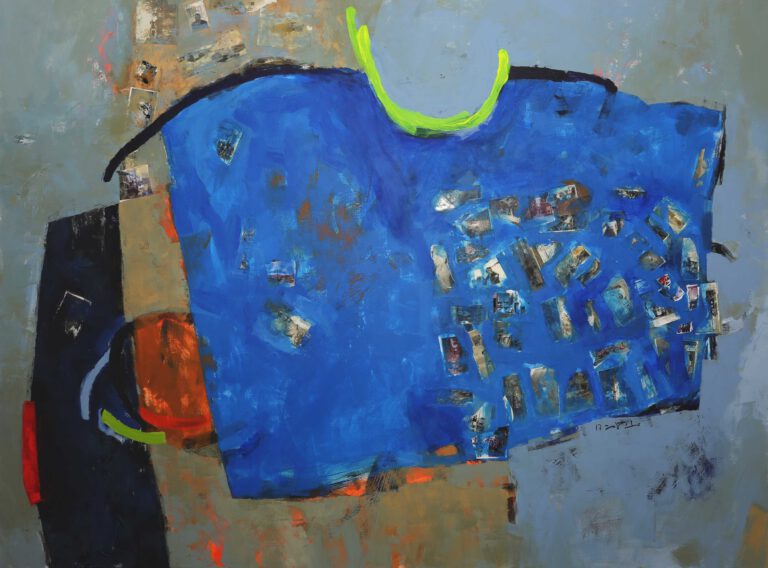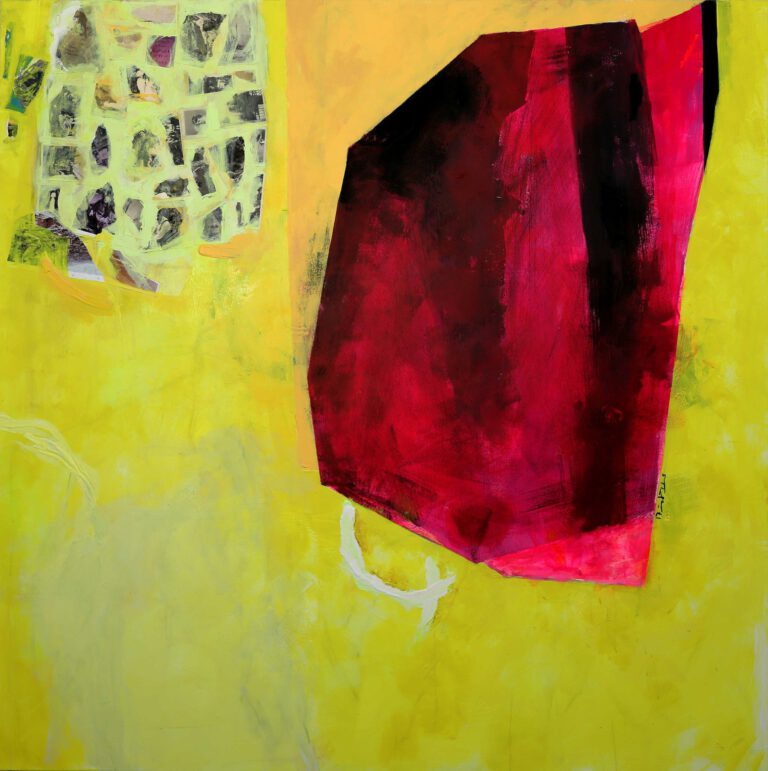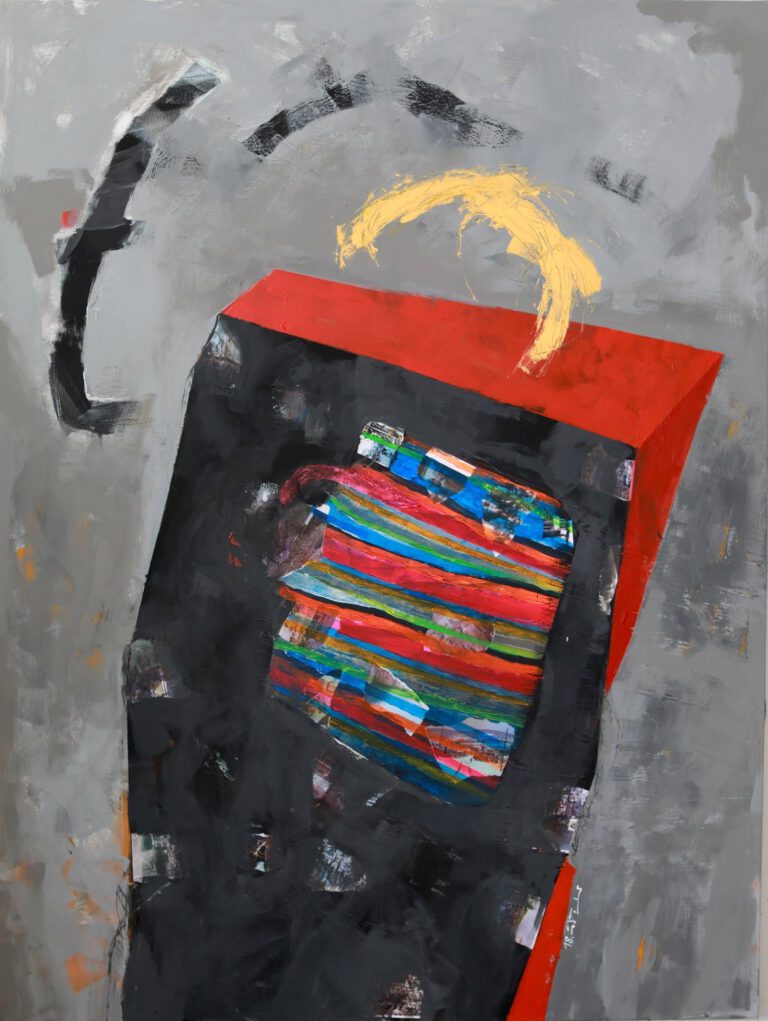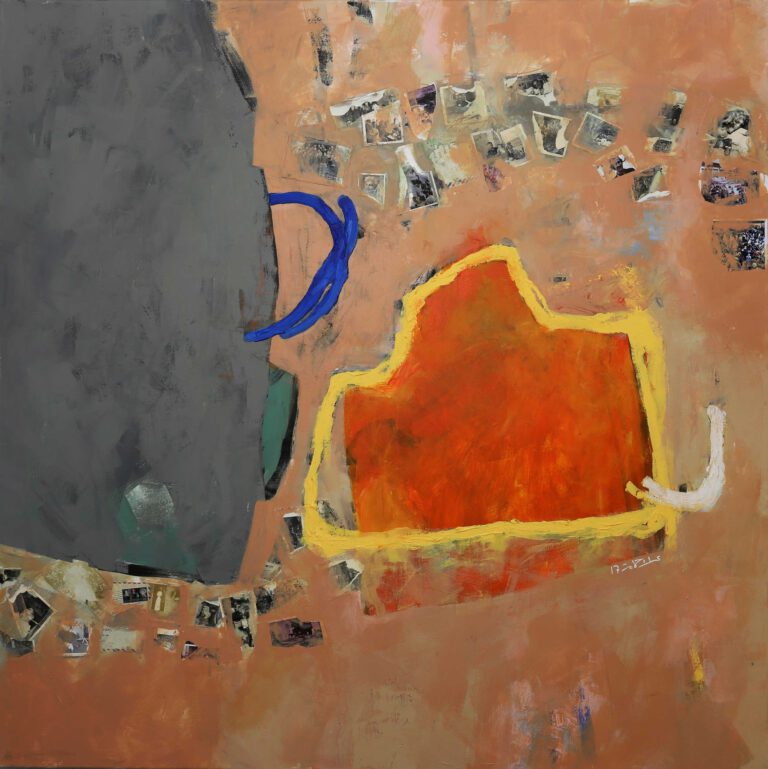ذاكرة حقيبة
A Suitcase
Memory
A Suitcase Memory
is a project that emerged as a form of pain relief or a therapeutic attempt. When I arrived in Germany, I realized that I had lost “my place” – not only metaphorically or geographically. I had lost all the elements, tools, and means that once motivated me during the time of war: the daily scenes, the features of faces, the sounds, and the smells that were part of my everyday life, making it difficult to connect with my new reality.
The scene of the Syrian displacement and the transfer of its people provoked me to start thinking about my new project—not just because I was a part of it, but also because I consider it the most painful scene ever. I am aware that I was just a part of a large-scale disaster, one that included both internal and external displacement for about half of the Syrian population, bringing with it a tremendous pain for millions that cannot be described.
When I was in Damascus, I was not capable enough of symbolizing this tragedy, apart from drawing some sketches. When I met people who had a premonition of displacement or were about to leave Syria, I always asked them: “What would you take with you in that small suitcase if you were forced to leave your home?” None of them chose many precious “things.” All of them selected small, inexpensive items dear to their hearts, and no one abandoned all of their memories. It was precisely these things and memories that became a real and substantial connection between the old lives that had been forcibly ended and the new lives that were about to begin.
Every immigrant has their own memories, some or many of which are predictable. In my paintings, I tried to use different visual elements and details to express the unpredictable and the essence of what could be called the collective memory of immigrants.
A Suitcase Memory ذاكرة حقيبة
100*120 cm. mixed media on canvas 2017
و عن الألوان الصارخة في اللوحات قال حمامة أن اللون يساعده ان يرسم دون خوف، وأردف “المشهد مخيف كفاية وتراجيدي كفاية ويحمل من السوء كفايه, فاللون الصاخب هو أداتي التي اعبر فيها عن الاحتجاج “
In regard to the concept of the video art and the installation part, I was inspired by the idea of the “Suitcase” from a short red sentence that has constantly appeared on international media channels and our TV screens for the past six years:
“We are sorry for the cruelty of the following scenes.”
This phrase epitomizes the immense tragedy we are living through. I felt that the “Suitcase” could serve as a keyword for symbolizing and representing the situation of people who were forced to leave their country. It acts as a witness to the stories of those who screamed for freedom and justice; of those who escaped being raped or tortured to death in prison; of those who could no longer endure barrel bombs being dropped on weddings and funerals, schools and hospitals. A witness to those who dreaded the atrocities committed by regime forces, foreign fighters, and fanatical religious extremists. The “Suitcase” becomes the narrator of the entire story: of those who froze to death in refugee camps, of those who walked barefoot through the Balkan forests, and of those who drowned in the Mediterranean Sea. It tells the story of all those who left and those who stayed.
Making the “A Suitcase Memory” film was, at times, like going through a dark tunnel. After I had completed it, I longed for colors and light. I expressed this insistent and urgent need by returning to painting and working with colors. I enjoyed watching my colorful suitcases and travel bags come into existence. I realized that the distance I had to maintain while making the movie helped me overcome the pressure of words, ideas, and the convenient virtual messages that had previously dominated my thoughts.
When I took a break, I realized that the collective memory, which often seems to consist mainly of “others’” memories, has a legitimate right to be an essential part of my own individual memory. I included personal photos of others in my paintings, which became an integral part of their composition and can be seen as silent, yet expressive representatives of memories that challenge the classical narrative structure.
A Suitcase Memory ذاكرة حقيبة
120*120 cm. mixed media on canvas 2017
تكتوي شهادة الفيديو المعروض بألوان الغربة والانسلاخ الكافكاوي عن مواطن الطفولة، وأحضان الدهشة الأولى، تحمل زواياها الأربع أوراقاً ثبوتية تخصّ صاحبها اليتيم من فروع شجرته العائلية، ذاكرة إقصاء وبتر، ترمي بمحتوياتها الصورية الكابوسية على ضمير من قرر قسراً الطلاق وغسل الماضي عن المستقبل، والقناعة المهزومة بوجودية الراهن وقدريته الحتمية. حقيبة أشبه ببوابة الجحيم، بوابة عبور من القيامة الشامية ولعنتها الأبدية التي تلاحق حاملها حتى نهاية العالم والكون والفلك الأعلى.
A Suitcase Memory ذاكرة حقيبة
120*160 cm. mixed media on canvas 2018
So distinctively, he is also able to reconcile the contrast between the vivid colours and the “frenzied” character of his subjects. As apparent through their nervous gestures and restless movements, these figures play a very important role by marking a link of tension through the whole series.
Though their eyes are open-wide, their faces are featureless, as they are in the face of war. Prisoners of faith, or terrorised mothers. They all play their role in Ala’s creative atmosphere of moral repression.
في عمل الفيديو آرت المعروض إلى جوار اللوحات، سلك علاء منحى آخر، منتقلاً إلى تخييل بصري لما جرى في سوريا بعد 2011، الصور فيه بمثابة وثائق مجهضة تتراكم في ذاكرة على شكل تابوت ترمز إليه الحقيبة، والفنان يلغي نفسه، إن صحّ التعبير، مقتفياً خطى الآخرين. استعيرت حقيبةٌ من عائلة أحد اللاجئين الذين أتوا من البلقان إلى ألمانيا منذ عقود، سالكاً الدروب نفسها التي قطعها اللاجئون السوريون مشياً. تنفتح هذه الحقيبة في بداية الفيديو فنرى في باطنها مرآة صغيرة مكسورة تعكس للفنان وجهه، وتنغلق في النهاية على شكل قبر تعلوه حفنة تراب معشوشبة. هذا العمل سرّع الزمن، معتمداً تسلسلاً كرونولوجياً تكاد تتلاشى صوره فور ظهورها، بالسرعة التي يستهلك بها الألم من دون أي فسحة للتفكير، أما اللوحات فجمّدت الزمن في فوضى الصور التي ما عدنا قادرين على تثمينها وقراءتها جيداً. جذّاب هذا التضادّ بين المقاربتين، أي سيل الزمن الباطش الذي كثّفتْ فيه دقائقُ الفيديو الخمس أعواماً من الإبادة في سوريا المعاصرة، ومن جهة أخرى جمود الزمن داخل الصور الملصقة إلى اللوحة الباعثة على التداعي الحرّ، كأنها سردٌ ملوَّنٌ بلسان متكلّم متوارٍ ينوّع على ثيمة واحدة هي الحقيبة، تنصبّ فيها وتندلق منها المتطايرات. هكذا تغدو اللوحات معابر وممرات بين عوالم خلت وأخرى ستأتي، وربما ارتحالاً معكوساً وغير منتهٍ باتجاه الماضي، حيث كل لوحة عملٌ على الطريق إلى اللوحة.
لكن جمال العمل/الفيديو ليس في هذا السرد ومضمونه، بل في جمال التشكيل البصري، واستعادة الرموز التي قدمت بأناقة وتكثيف من دون مشاهد مؤذية. فالفنان حرِص، كما قال في حديث لـ “المدن”، على أن لا يزعج المتلقي بمشاهد الدم، بل إنه يقول إن تلك العبارة المكررة في الإعلام “نعتذر عن عرض الفيلم بسبب قسوة المشاهد” كانت ملهمة له في عمله: “أردت أن ألخّص الثورة من دون أن أزعج المتلقي وأحمّله عبئاً نفسياً”.
His ‘dialog tables’ series is an example of this radical approach, where his scenes are worked in bold, clashing colours, executed through unrelenting brushwork.
© 2024 All rights Reserved. Ala' Hamameh

